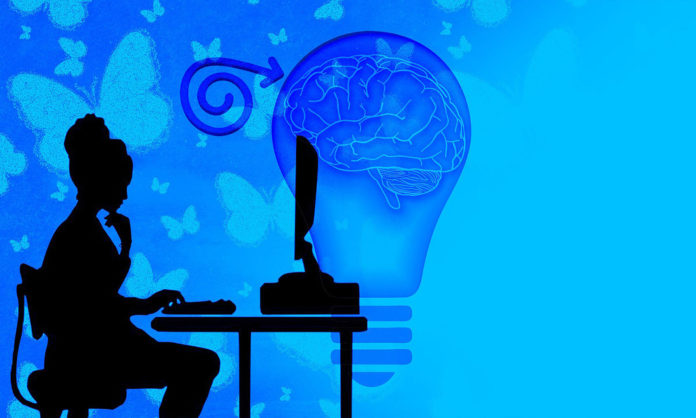In an article for Writer’s Digest, Sarah Chauncey shares ways to create a sense of everyday wonder in your fiction, regardless of your chosen genre. “Moments of wonder—an experience of amazement and awe that stills the mind and leaves us speechless—are all around us,” she says. “Writers in any genre can captivate readers by using specific techniques to highlight the everyday wonder in daily life.”
Chauncey shares a number of examples from Ruth Ozeki, Eckhart Tolle, Richard Powers, Yann Martel, Erum Shazia Hasan, and Colson Whitehead. Their techniques include:
- Zooming In and Bullet Time. Zoom into discrete segments of complex systems and slow down time. Chauncey suggests choosing a mundane object, process, or situation in your story and looking backwards to its source. Follow the process until you reach the point in your story where your character encounters this element. Write this process from origin to arrival in narrative.
- Zooming Out. While our planet is large, from space it may seem small. While a human lifespan may seem long while we’re in it, 100 years isn’t long in comparison to the length of history. You can also zoom out in time, covering decades or centuries of time in a few paragraphs. To zoom out, consider what your central conflict or setting might look like from a distance. How might this shift the reader’s perceptions?
- Reveal Hidden Worlds. Explore elements of your world beyond what humans can perceive. “By revealing a world or reality that humans aren’t typically aware of, writers can create an experience of wonder,” Chauncey writes. How can you describe these hidden worlds in terms humans can understand?
- Create Juxtapositions Across Space and Time. “Link an item or experience across time, distance, and/or cultures,” Chauncey recommends. “To juxtapose time, consider how the same item or experience might have been perceived in other eras. Brainstorm a list of at least 20 different time points, then choose the most compelling one or a blend.”
- Evoke Timeless Nostalgia. Take something old or familiar and make it new. Chauncey recommends choosing a pivotal moment in your story that embodies a universal experience. Use sensory language to portray your hero’s deep experience in this memory. Be specific and use concrete language.












